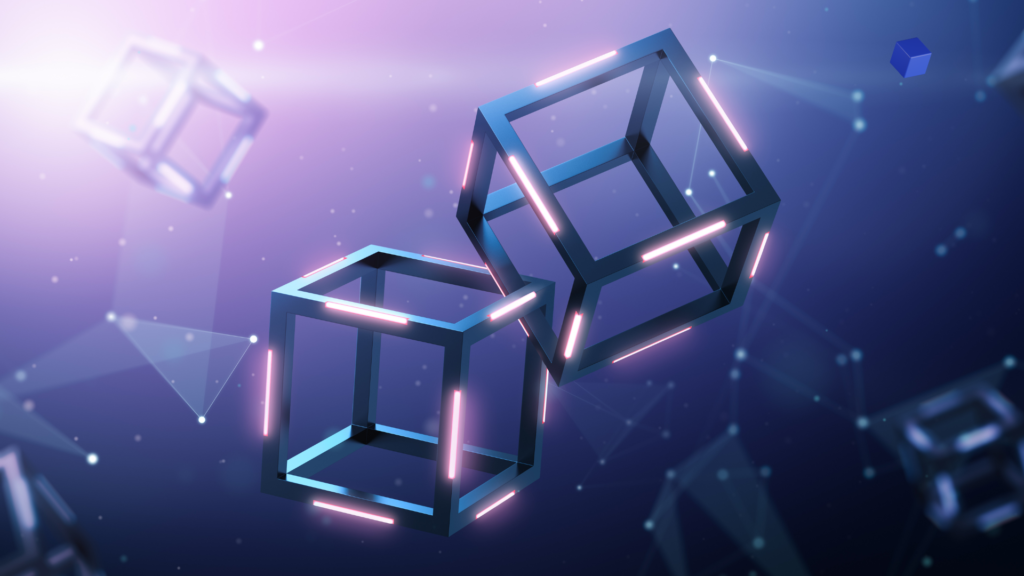
As Block Explorers , blockchain technology continues to evolve, the introduction of Layer 2 (L2) chains has become a critical development in addressing scalability and transaction speed challenges faced by primary blockchain networks. While these advancements bring forth numerous benefits, they also necessitate new tools for users and developers to navigate this complex ecosystem. One such essential tool is the Block explorer for l2 chains.In this blog, we will explore what block explorers are, their significance, and how they operate within the Layer 2 landscape.
What is a Block Explorer?
A block explorer is a web-based application that allows users to explore the details of blockchain transactions, blocks, addresses, and smart contracts. Think of it as a search engine for blockchain data. Users can track the history of transactions, verify the status of their transactions, and gain insights into various activities on the blockchain. Block explorers provide a user-friendly interface to access complex data, enabling transparency and accountability in blockchain networks.
The Need for Layer 2 Block Explorers
Layer 2 solutions, such as rollups and state channels, are built atop Layer 1 blockchains (like Ethereum) to enhance scalability. They allow for faster transactions and lower fees by processing transactions off the main chain and then bundling them for submission to the Layer 1 blockchain. However, this unique architecture presents new challenges for data visibility and accessibility.
Here’s why dedicated block explorers for L2 chains are essential:
- Transaction Verification: L2 chains handle a large number of transactions off-chain, and users need to verify the completion and status of their transactions. Block explorers make it easy to track these transactions in real-time.
- Enhanced Transparency: In a decentralized ecosystem, transparency is paramount. Block explorers provide a clear view of the transaction history and activities on L2 chains, fostering trust among users.
- User Engagement: For users participating in DeFi, NFTs, or other blockchain applications, having access to transaction data through a block explorer can enhance their engagement and understanding of the ecosystem.
- Debugging and Development: Developers building applications on L2 chains can use block explorers to troubleshoot issues, monitor performance, and optimize their applications by analyzing transaction flows and gas usage.
Features of Layer 2 Block Explorers
Block explorers for L2 chains come equipped with various features designed to enhance user experience and facilitate efficient data access:
- Transaction Search: Users can input transaction hashes to find specific transactions, including details like timestamps, fees, and confirmation status.
- Address Lookup: Users can search for specific addresses to view all associated transactions, balances, and token holdings.
- Token Tracking: L2 block explorers often support tracking tokens on the network, allowing users to see token transfers and other relevant activities.
- Analytics and Metrics: Some block explorers provide advanced analytics, offering insights into transaction volume, active addresses, and network performance.
- Smart Contract Interaction: For users interested in interacting with smart contracts, block explorers often provide tools to read and write to contracts directly.
Examples of Layer 2 Block Explorers
- Etherscan for Optimism and Arbitrum: Etherscan, a popular block explorer for Ethereum, has extended its services to include Optimism and Arbitrum, two prominent Layer 2 solutions. Users can easily switch between the different networks and explore their transactions.
- PolygonScan: Serving the Polygon network, PolygonScan offers a robust block explorer that allows users to monitor their transactions, check token balances, and engage with the vibrant Polygon ecosystem.
- ZkScan: Designed for zkRollups, zkScan provides users with detailed insights into transactions and the performance of zkRollup-based applications.
- StarkNet Explorer: This block explorer serves StarkNet, a Layer 2 network utilizing zk-STARKs for scalability. Users can explore transactions, contracts, and other activities on the StarkNet network.
The Future of Block Explorers for L2 Chains
As Layer 2 solutions continue to proliferate, the demand for robust and feature-rich block explorers will only grow. The future may see innovations in block explorer functionality, such as:
- Cross-Chain Compatibility: With multiple L2 chains emerging, cross-chain compatibility in block explorers could allow users to seamlessly navigate and compare data across different networks.
- Enhanced User Interfaces: User experience will likely remain a priority, leading to more intuitive interfaces that cater to both casual users and experienced developers.
- Real-Time Data Analytics: The integration of real-time analytics tools may help users gain deeper insights into transaction patterns, network performance, and emerging trends.
- Mobile Applications: The rise of mobile applications for block explorers can provide users with convenient access to blockchain data on the go.
Conclusion
Block explorers are vital tools that enhance transparency, trust, and usability within the blockchain ecosystem. By providing users and developers with easy access to transaction data and analytics, they play a significant role in the ongoing evolution of decentralized finance, NFTs, and other blockchain applications. As the L2 landscape continues to mature, we can expect block explorers to adapt and innovate, ensuring that all participants can navigate this dynamic environment with confidence.
In a world where blockchain technology is rapidly changing the way we interact, work, and conduct business, having the right tools to understand and explore these innovations will be paramount. they are essential for fostering a deeper understanding and appreciation of the burgeoning decentralized landscape
